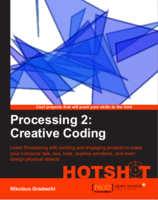Phase Shift
I made a video for my track "Phase Shift" in processing.
The song is two lines playing the same melody, but with different loop lengths - shifting in and out of phase
The animation was generated from a wild combination of trigonometric and noise functions generating 7200 curve vertices that are slowly changing over time
read more ...new Track - Phase Shift
two lines playing the same melody, but with different loop lengths - shifting in and out of phase
read more ...new Track - Random Broken Piano
this track started with a short piano loop that was timestretched and mangled in various ways to create a string like pad
read more ...SynthJam 01 2019
Yesterday it came to my mind, that in the last few weeks I've spent more time working on my music equipment than actually making music - I created a new stand for my Mother32 and my DFAM, I made a midi to trigger signal box based on an arduino, I wrote a controller script for my KMI SoftTouch2 so I can controll bitwig with my feed while jamming - all very important tasks that will help me focus on making music - but currently it feels like all those task are eating my time for making music.
So I recorded a quick synth jam using the repro1 plugin from uhe and the mother32 in Bitwig Studio. I also added some drums from the Volca Beat, the volca sample and the DFAM.
So - without further ado - here is my first syth jam of 2019
read more ...Bitwig Studio Controllerscript for SoftStep2
I wrote a Bitwig Studio Control-Script for the KMI Softstep2. This script switches the Softstep 2 into hostmode and controls it directly, so no presets have to be stored on the board itself and no host program has to be running - this also means that the script runs on linux machines, it only uses the usb-midi interface to control the Softstep.
To install it download the zip file and unpack it into the Controller Script folder of bitwig like described in the controller script installation guide
the source code is available in my github repository
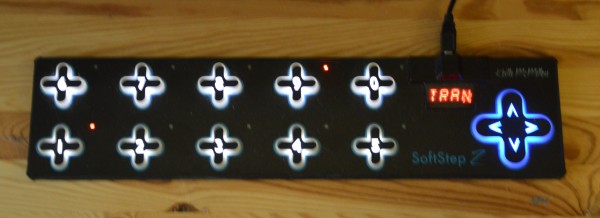
This control-script is based on the python program Foococo by Matthieu Amiguet. Many thanks for figuring out how to switch the Softstep into hostmode and controling the Screen
read more ...Arduino based Midi Trigger box for analog synths
I usually control my volca and the Mother32 via midi and create sequences using Bitwig studio or Sonic Pi but I wanted to use the build in sequencers to create a more hands-on feeling and simplify loop creation while jamming but haven't found a satisfying what to synchronize the sequencers to each other and to my computer
I considered buying a bastl klick - but I would need several of them to control different synths at different clock-rates and I would have to sacrifice several audio outs to control them.
So I build a midi-trigger system using an arduino that allows me to send trigger signals to 4 devices using midi note-on signals. Now I can run the sequencers of my devices at different clock rates allowing me to use longer or shorter sequences or create different rhythms by sending trigger signals with different note lengths to the DFAM. Sort of like a clock-divider on steroids combined with a sequenceable trigger pulse.
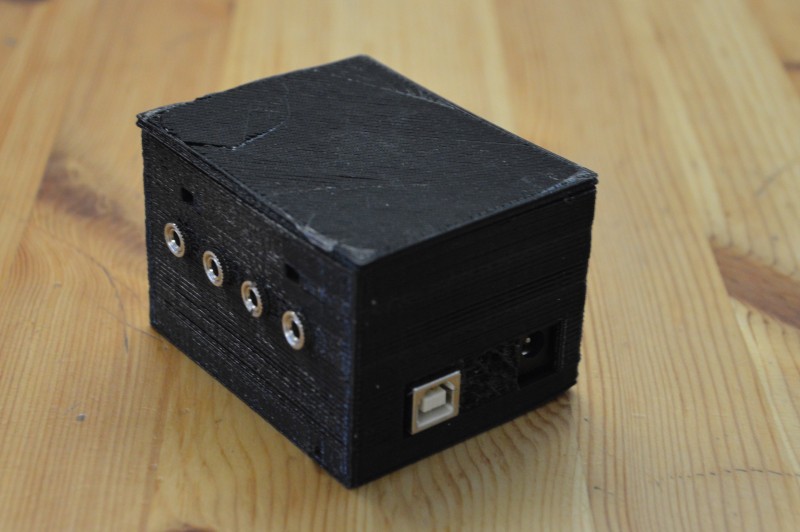
New Song - A Target you can't see
a repeating yet ever changing 10 note pattern creating a world for the melody to live in
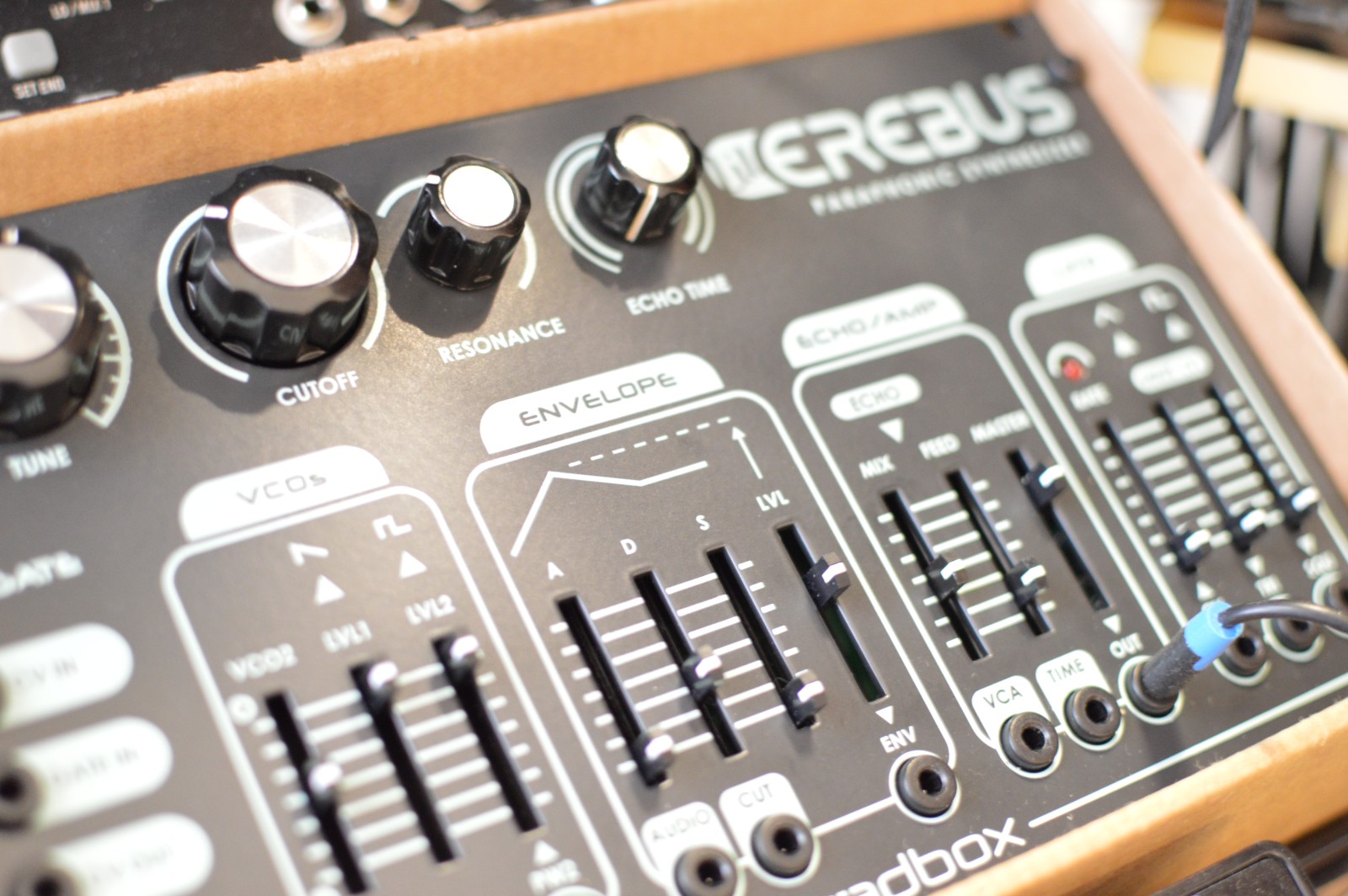
New Song - Turn into a Tune
A song starting as a simple arpeggio slowly evolving into a tune
Recorded and Mixed in Bitwig Studio drums are from a volca beats and sample, pads from streichfett and blofeld. The synth sound are from bitwigs polysynth and a 0-Coast
![[TITLE]](https://www.local-guru.net/img/cover/turn_into_a_tune.png)
how to connect additional soundcards to your jack setup
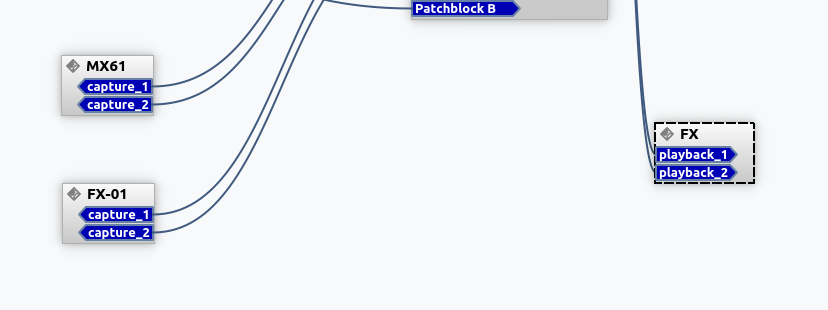
Many hardware synthesizer come with an USB port these days and some of them even connect as a soundcard, allowing you to route the audio from the synth directly to your daw without wasting an input on your soundcard. And sometimes you want to record something using an USB microphone or USB Guitar cable.
To connect such devices to my DAW via jack on linux I created a little startup script that runs every time I start Bitwig Studio to make sure all the external devices are connected. I use alsa_in - a command line tool that allows you to connect an additional alsa sound card. a2jack needs some parameters like the device name, sampling rate or buffer size to use and starts a process. Then it starts a process that listens to the alsa device and forwards the input to jack by connecting as a jack client application with some inputports. These ports can be configured as input routes in your daw like Bitwig or ardor - just like you would do with an input channel on your main sound-card.
To route audio from your daw to the output of an second sound you can use alsa_out
My music startup script connects the audio interface of my Yamaha MX61 and an usb-soundcard, that is connected to my Korg KaosPad Mini, so I can use it as an external effects processor in bitwig-studio
alsa_in -j "MX61" -d hw:CARD=MX49MX61,DEV=0 -r 44100 -p 256 &
alsa_in -j "FX" -d hw:CARD=Device,DEV=0 -r 44100 -p 256 &
alsa_out -j "FX" -d hw:CARD=Device,DEV=0 -r 44100 -p 512
You can get a list of the available alsa device names by running the command
aplay -L
Unfortunately the USB soundcard I use always selects the microphone input when it is plugged in or my computer restarts. To fix this I use the amixer command to change the capture channel to line and mute it - so I don' t generate feedback loops (I spent hours finding out where that distortion came from :-/)
amixer -D "hw:CARD=Device" cset numid=11 on # Line capture on
amixer -D "hw:CARD=Device" cset numid=5 off # Line mute
you can get a list of supported controls and their id by a running
amixer -D "hw:CARD=Device" controls
just replace "hw:CARD=Device" with the device identifier of your sound interface.
read more ...




